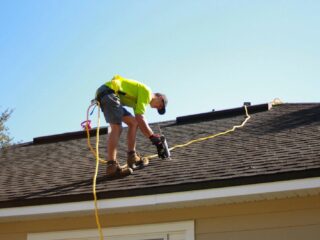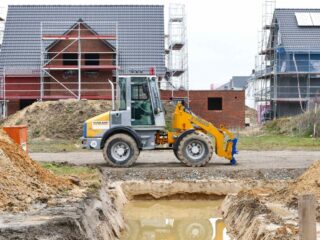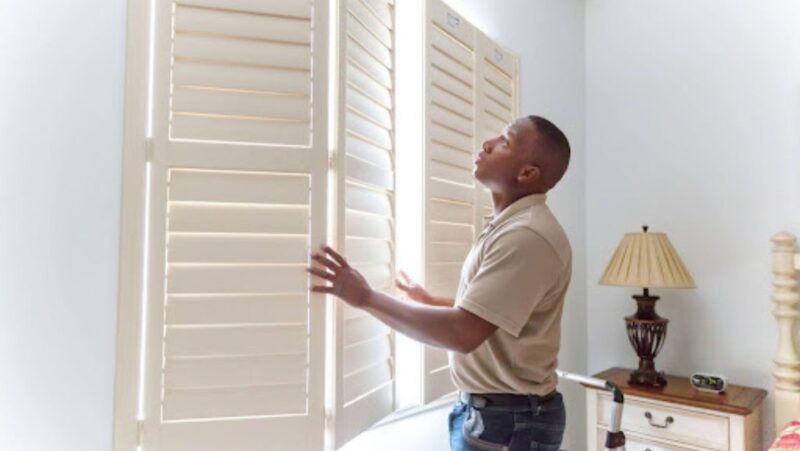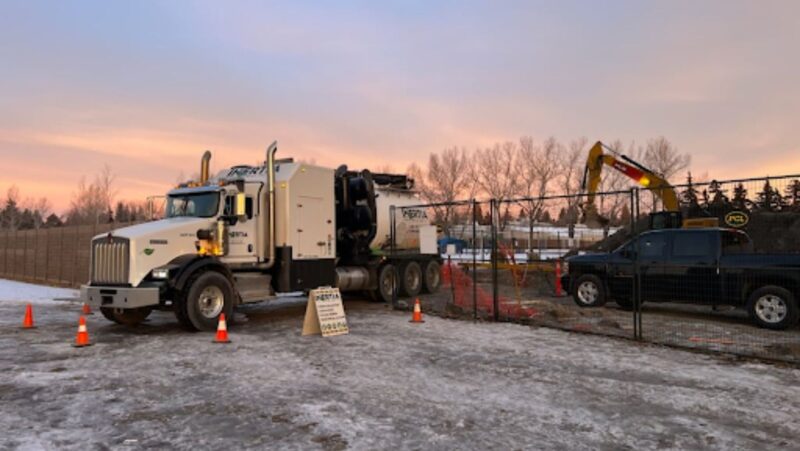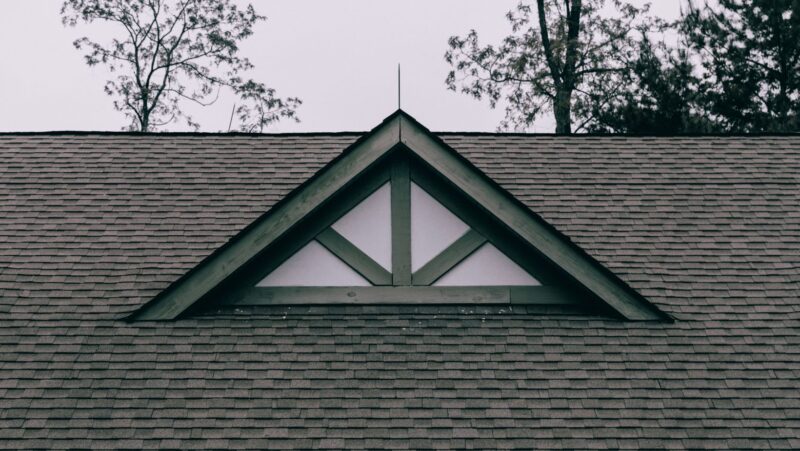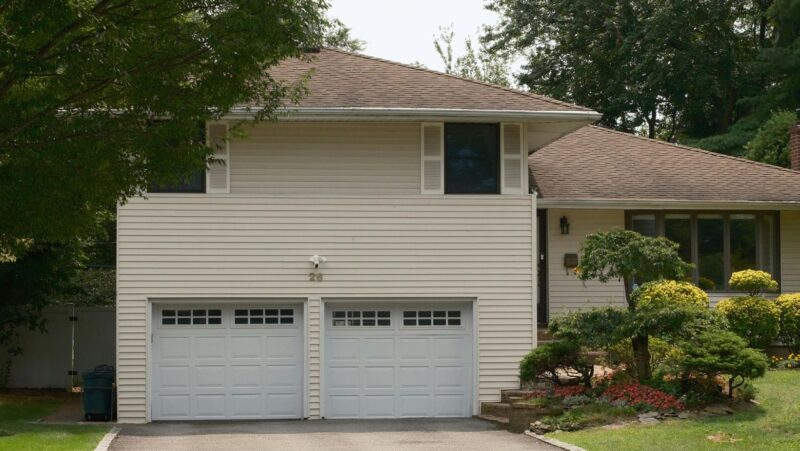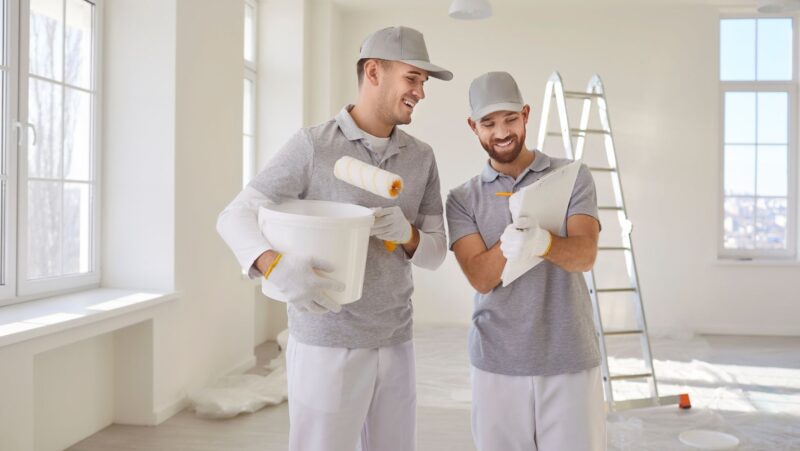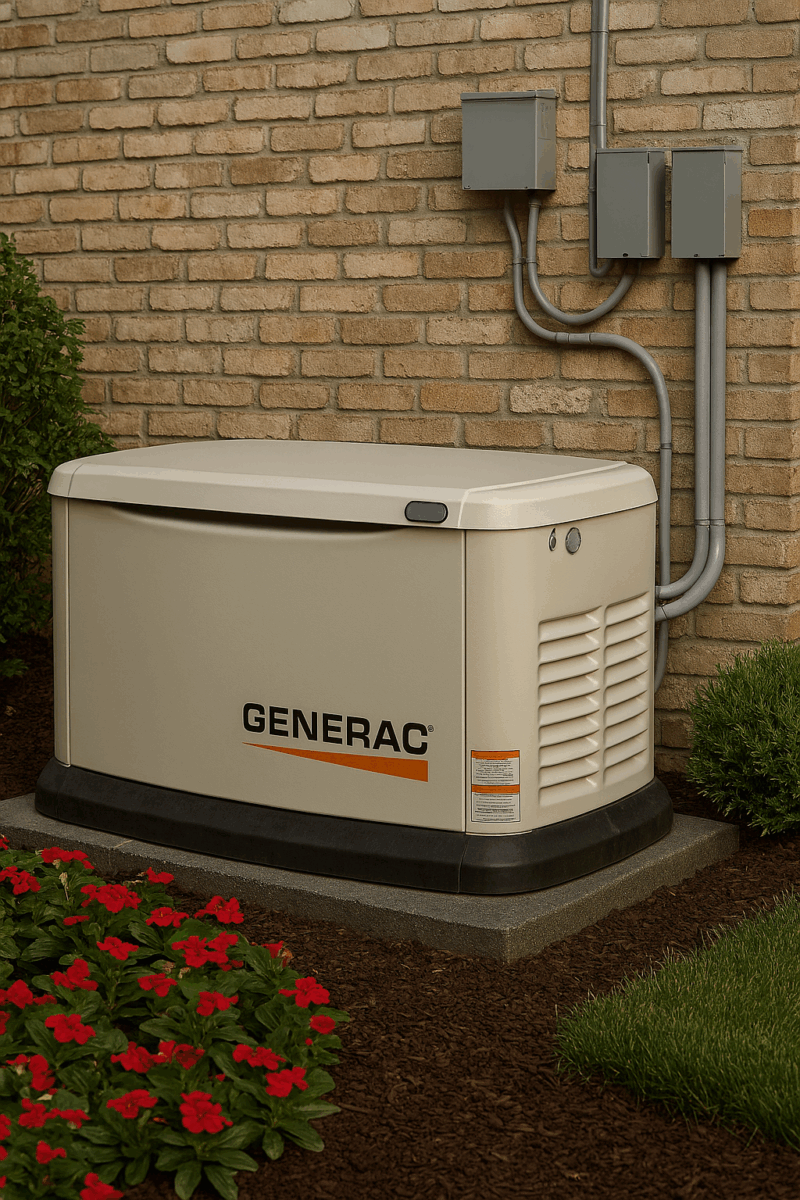
Mold and mildew are more than just a cosmetic issue they can affect your home’s structure and, more importantly, your health. Whether you’re dealing with recurring mold spots in the bathroom or a musty smell in the basement, the key to prevention lies in understanding how these fungi grow and how smart cleaning habits can stop them before they start.
This guide is designed to give you practical, proven tips to keep your home clean, dry, and mold‑free no gimmicks, just helpful advice you can trust.
Understanding Mold and Mildew
Before we talk prevention, it helps to know what you’re dealing with:
Mold is a type of fungus that grows in multicellular structures and can penetrate deep into surfaces. It often appears black, green, or white and thrives in damp, poorly ventilated areas.
Mildew is a specific type of mold that typically appears as a flat, powdery growth often white or gray on moist surfaces.
Both are triggered by moisture and can start forming within 24–48 hours in the right conditions. According to the Centers for Disease Control and Prevention (CDC), mold will grow where there is moisture such as around leaks in roofs, windows, or pipes.
If persistent moisture or hidden dampness develops for instance behind cabinets or in basements it may be time to bring in professional cleaning services Mississauga to fully assess and eliminate the risk.
Why Mold Prevention Matters
There are several strong reasons to stay on top of mold prevention:
- Health Impact: Mold spores can cause or worsen respiratory issues, allergies, and asthma. The United States Environmental Protection Agency (EPA) explains that molds produce allergens and irritants, and can trigger asthma attacks in people with asthma.
- Property Damage: Left untreated, mold can eat away at drywall, wood, fabrics, and even paint.
- Financial Cost: Mold remediation is often costly and not always covered by insurance.
Taking preventive steps now saves you time, money, and stress later. The EPA emphasises that “the key to mold control is moisture control.”
Smart Cleaning Practices to Keep Mold and Mildew Away
These practices are based on both expert recommendations and real‑life applications. They focus on creating a cleaner, drier, and better‑ventilated home environment.
1. Control Moisture at the Source
Moisture control is the foundation of mold prevention. Fix leaks quickly whether it’s a dripping faucet, a broken roof tile, or condensation around windows. Even minor drips can lead to major mold issues over time.
Tip: After a shower, leave the bathroom door open and the fan running for 20–30 minutes to help remove excess moisture.
The EPA guide emphasises that if wet or damp materials are dried within 24‑48 hours of a leak or spill, in most cases mold will not grow.
2. Keep Humidity in Check
High humidity creates a perfect environment for mold. Aim to keep indoor humidity between 30% and 50%. You can easily track humidity using a hygrometer.
Tip: Use a dehumidifier in damp rooms, especially in basements or during humid months. Empty and clean the unit’s tank regularly to prevent mold from growing inside it.
This aligns with CDC guidance to keep indoor humidity no higher than 50% and ensure air in your home flows freely.
3. Improve Ventilation
Proper air circulation helps prevent moisture buildup. Always use exhaust fans in the kitchen and bathroom. Open windows when possible to allow fresh air to move through your home.
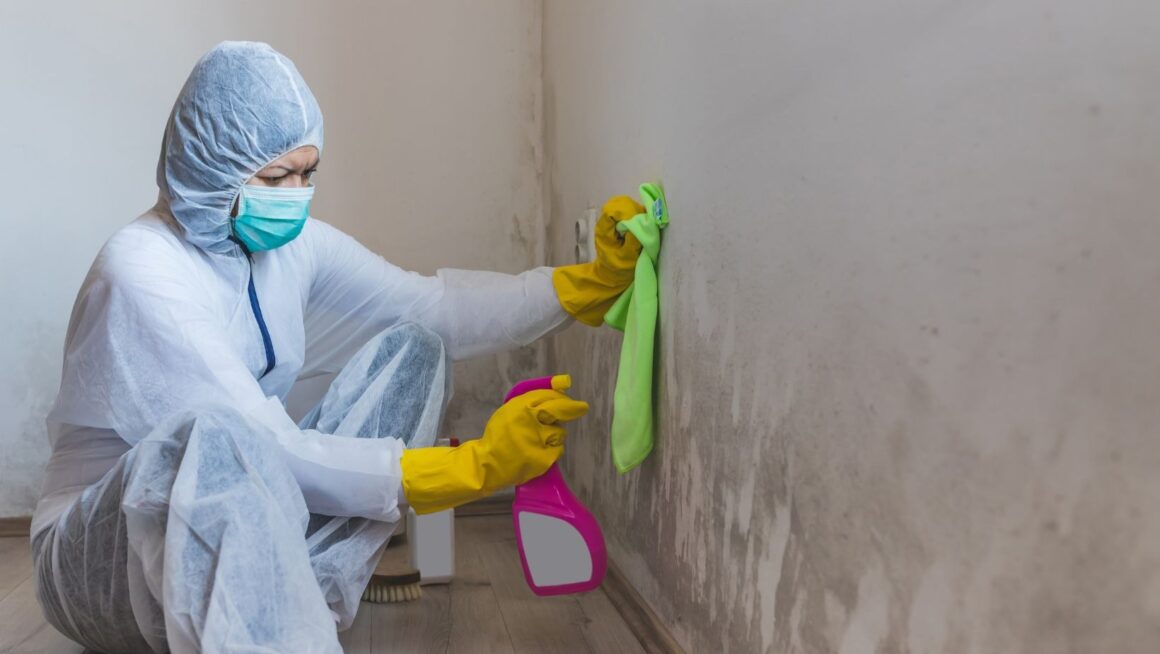
Tip: If your bathroom doesn’t have an exhaust fan, crack a window open during and after showers. Also, don’t block air vents with furniture, curtains, or clutter if you want airflow.
The EPA highlights that venting dryers, stoves, and controlling condensation on cold surfaces are part of active prevention. Additionally, proper ventilation performance and mold prevention is emphasized in WHO indoor air quality guidelines, which recommend maintaining airflow to reduce indoor dampness and mold risk.
4. Clean with Intention, Not Just for Appearance
Routine cleaning helps remove mold spores before they have a chance to grow. Focus especially on the bathroom, where steam and standing water are frequent. Clean tiles, grout, and caulking with a mold‑preventive solution at least once a week.
Tip: White vinegar is an excellent natural mold fighter. Spray it undiluted on bathroom surfaces, let it sit for an hour, then scrub and rinse.
5. Use Mold‑Resistant Materials When Possible
When renovating or refreshing spaces, opt for mold‑resistant drywall, paint, and flooring in areas with frequent moisture exposure. Avoid carpeting in damp areas like basements or bathrooms.
Tip: In bathrooms and laundry areas, consider switching to mildew‑resistant shower curtains and washable, quick‑drying floor mats.
6. Inspect Hidden Spots
Mold often starts where you don’t regularly check. Behind furniture, under rugs, inside closets, or in HVAC ducts keep an eye on these.
Tip: If you notice a musty smell, it’s often the first sign of hidden mold. Trust your nose and investigate those hidden areas.
The EPA’s “Hidden mold” section notes that if you smell mold but can’t see the source, it may be lurking behind walls, wallpaper, or inside ducts.
Establish a Simple Weekly Routine
Prevention doesn’t require hours of scrubbing just consistent, small habits:
- Wipe down bathroom surfaces and dry the sink/tub after use.
- Launder towels and bath mats regularly.
- Check under sinks and around appliances for leaks or moisture.
- Run fans or open windows after cooking or showering.
- Empty and clean the dehumidifier or air purifier filters
Tip: Keep a short mold‑prevention checklist on your fridge or phone as a weekly reminder. A bit of consistency goes a long way.
When to Seek Professional Help
Sometimes, despite your best efforts, mold can grow out of sight or beyond your control. Consider hiring a certified professional if:
- You smell a persistent musty odor but can’t find the source.
- Mold covers a large area (more than about 10 square feet).
- Someone in your home has unexplained respiratory symptoms.
Tip: Wear gloves and a mask when cleaning visible mold. Disturbing mold can release spores into the air and increase exposure risk.
Final Thoughts
Preventing mold and mildew isn’t about deep cleaning every day it’s about being proactive, staying consistent, and knowing where to look. With a few smart habits and thoughtful cleaning practices, you can create an environment where mold simply can’t thrive. For many homeowners, partnering with a trusted service like Hellamaid can bring peace of mind and ensure the job is done thoroughly.
By focusing on prevention, you not only save time and money, but you also create a cleaner, healthier environment for yourself and your family.





